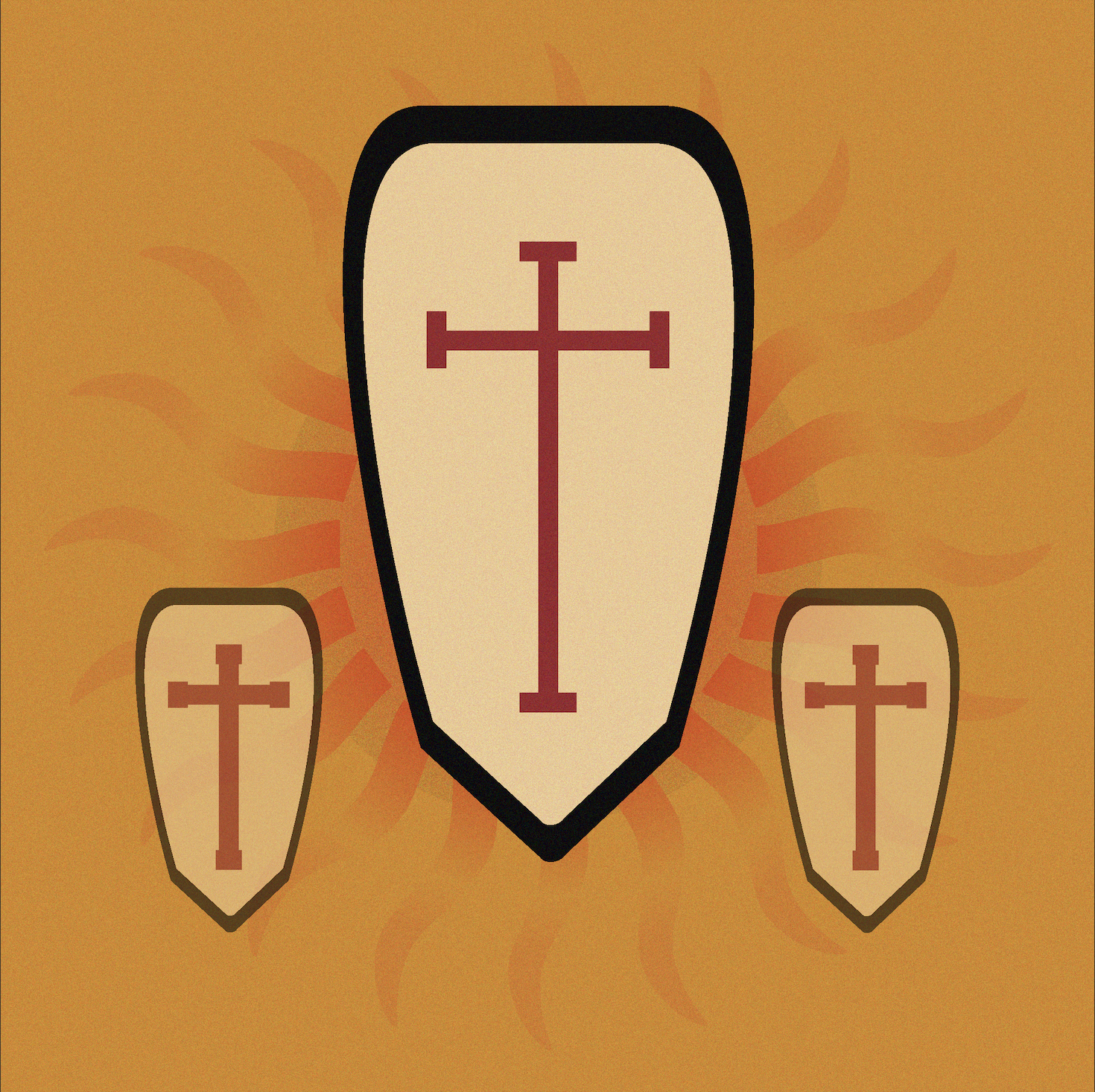Please visit response.fsu.edu for official FSU updates and resources.
Why Everyone Should Watch Monty Python and the Holy Grail

There are a few films which are so definitive to their genre that they not only provide an unforgettable viewing experience but also serve to enlighten viewers to the possibilities of cinema as an art form. These pictures deserve recognition not just as entertainment but as educational, enriching works that ought to be experienced by everyone at some point in their lives. Monty Python’s 1975 adaptation of the Arthurian Holy Grail legend is, undeniably, one of those films. This article will serve as an analysis of the cinematic achievements and cultural importance of the timeless medieval drama.
From its first scene, The Holy Grail expertly establishes its tone, setting, and character in one masterful sequence. The landscape we open to is cold and threatening, until our protagonist fearlessly rides into view on his steed, approaching a mighty castle in search of knights to join him on his quest to find the titular Holy Grail. Eagle-eyed viewers may notice that the sound of horse galloping was achieved not by on-screen animals but by Arthur’s trusty servant clapping two halves of a coconut together, evidence of inventive sound design and resourceful film production. When questioned by a soldier as to how they could have found a tropical fruit in a temperate zone, the king thoughtfully replies, “The swallow may fly south with the sun, or the house martin or the plover may seek warmer climates in the winter, yet these are not strangers to our land.” The story wastes no time portraying the determination and wits of Arthur, son of Uther Pendragon, King of the Britons, defeater of the Saxons, sovereign of all England as he is tested by his first opponent. As the debate continues beyond the point where the king cares to engage, he silently leaves to make better use of his time, setting the stage brilliantly for the journey ahead.
As the story progresses, we are treated to worldbuilding through several sequences depicting the harsh medieval setting. Directors Gilliam and Jones (also credited alongside some seventy-six thousand two-hundred llamas of various breeds) tackle issues such as plague, religion, witch hunts, marriage, and politics during the Middle Ages with great tact. In one iconic scene, the authority of the king himself is brought into question. As Arthur recounts the tale of the Lady of the Lake offering him Excalibur and affirming him as king, a peasant working in a field elegantly responds, “you can’t expect to wield supreme executive power just ‘cause some watery tart threw a sword at you.” Such biting commentary of class dynamics reinforces why The Holy Grail holds such an important place in film history.
The creativity of the Monty Python group is on display in their portrayal of the legend’s many locations, such as Camelot, which is presented through an energetic song and dance number, as well as the perilous caverns, in which a terrifying chase scene is fluidly drawn and animated by hand. Such variety of medieval locales would be attempted in later fantasy epics, including the film’s own 2021 sequel The Green Knight, but arguably no film has yet matched the craftsmanship and historical accuracy of these scenes. The cinematography alone brilliantly captures the essence and beauty of its castles and landscapes (so much so that it inspired this writer to draft this review on-location at the historical sites of the film’s setting)!
Indeed, Monty Python and the Holy Grail is a masterclass of a period piece and political commentary, but most of all, it succeeds as a thrilling adventure film. Arthur and his Knights of the Round Table face many threats on their journey, such as fierce enemy knights, grotesque monsters, mysterious sorcerers, foul-mouthed Frenchmen, local police authorities, and a particularly bloodthirsty rabbit. Scenes of action and peril are numerous and intense. Film lovers today still quote the gruesome duel between Arthur and the Black Knight, which only narrowly ends in a draw. Sir Lancelot’s daring rescue at Swamp Castle features suspense and carnage which rivals that of modern blockbusters. The knights’ attempt to pass the creature guarding the cave entrance is one of the most chaotic and terrifying moments in cinema. But without a doubt the most breathtaking set piece is the climactic battle, in which Arthur’s army is brought forth to lay siege to the Castle AARRGH*
*Editor’s Note: We regret to inform our readers that this article was left incomplete as the writer was abruptly killed by a grievous sword wound during his travels to the film’s location. We have decided to upload the review in its unfinished state to honor him as his last written work, despite it falling well below the publisher’s standards of quality. Authorities are still searching for the assailant who was last seen on horseback wearing a full set of armor.
**Editor’s Editor’s Note: Monty Python and the Holy Grail will be playing at the Student Life Cinema on 4/22. Please do not miss this extraordinary educational opportunity! Doors open at 11:00 P.M., show begins at 12:00 A.M.
Written by Yanni Spanolios
Art by Judah Bachmann



